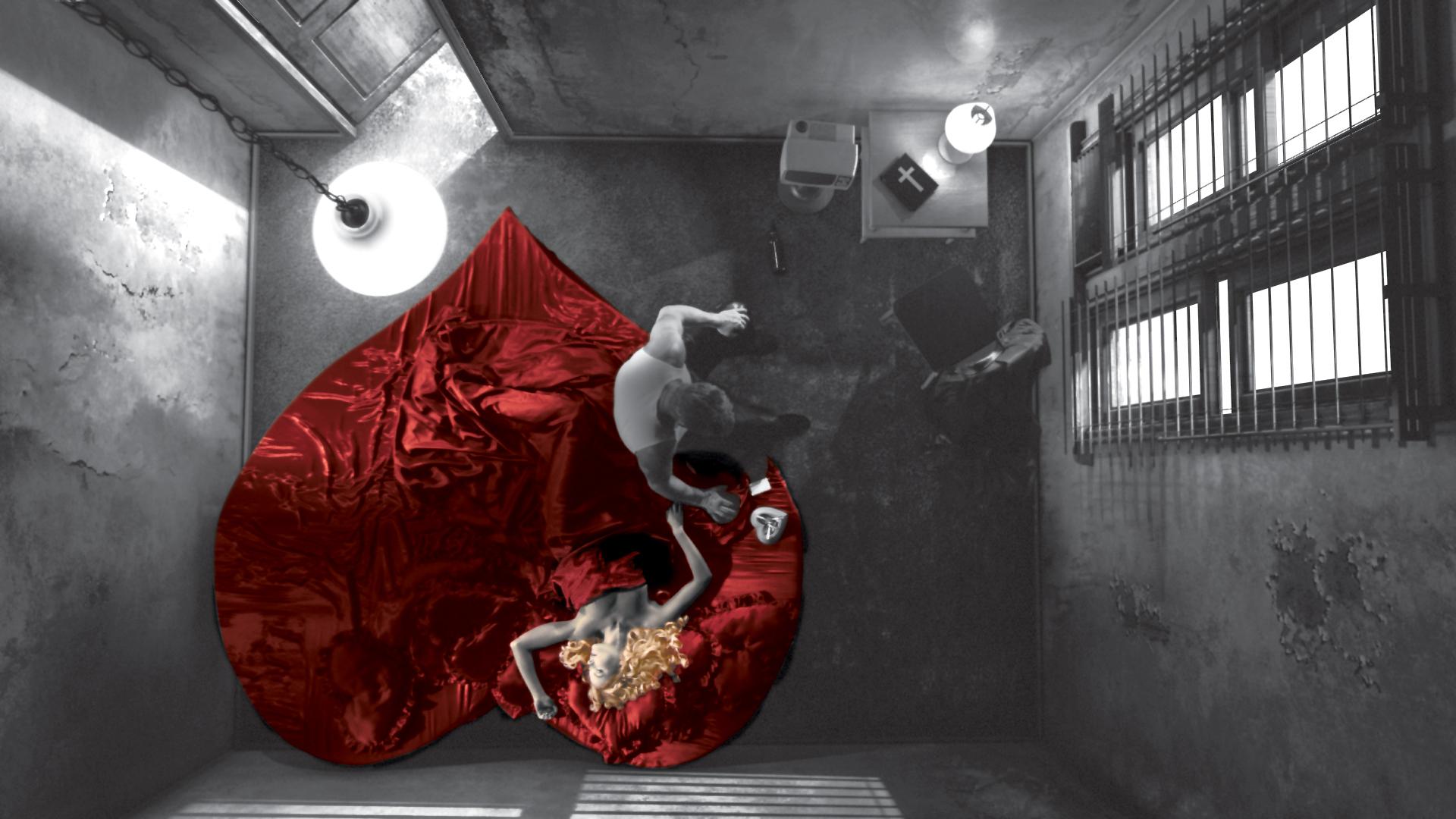
The Good German is a 2006 adaptation of the novel by Joseph Kanon. Set in Berlin; following the Allied victory. The film was shot on black-and-white photographic film. It is designed to imitate the appearance of film noir, classic 40's noir. Although it also includes material - such as sexxx and swearing. This would not have been acceptable or prohibited by the Production Code!
A still illustrating the film's use of a Classical Hollywood visual style, includin g black and white photography and a 1.33.1 aspect ratio. Although the finished piece is in black and white, it was actually shot in color because this allowed the use of faster film. Also it afdorded the ablility to use 'green screen' techniques. The color was then reduced in post-production through the use of a digital intermediate to a grainier black and white. This was done to blend with the carefully restored archibal material!
g black and white photography and a 1.33.1 aspect ratio. Although the finished piece is in black and white, it was actually shot in color because this allowed the use of faster film. Also it afdorded the ablility to use 'green screen' techniques. The color was then reduced in post-production through the use of a digital intermediate to a grainier black and white. This was done to blend with the carefully restored archibal material!
 g black and white photography and a 1.33.1 aspect ratio. Although the finished piece is in black and white, it was actually shot in color because this allowed the use of faster film. Also it afdorded the ablility to use 'green screen' techniques. The color was then reduced in post-production through the use of a digital intermediate to a grainier black and white. This was done to blend with the carefully restored archibal material!
g black and white photography and a 1.33.1 aspect ratio. Although the finished piece is in black and white, it was actually shot in color because this allowed the use of faster film. Also it afdorded the ablility to use 'green screen' techniques. The color was then reduced in post-production through the use of a digital intermediate to a grainier black and white. This was done to blend with the carefully restored archibal material! I love the poster =] It pays homage to the classic film Casablanca. Another classic noir film.
Arthur Edeson, the cinematographer of Casablanca, paid particular attention to photographing Bergman. A softening gauze filter was used along with catch lights to make her eyes sparkle. The whole effect was designed to make her face seem "ineffeably sad and tend er and nostaglic". Bars of shadow across the characters variously imply imprisonment. Dark film noir and expressionist lighting was used in several scenes, particularly towards the end of the picture. Rosenzweig argues these shadow and lighting effects are classic elements of the Curtiz style, along with the fluid camera work with the use of the environment as a framing device.
er and nostaglic". Bars of shadow across the characters variously imply imprisonment. Dark film noir and expressionist lighting was used in several scenes, particularly towards the end of the picture. Rosenzweig argues these shadow and lighting effects are classic elements of the Curtiz style, along with the fluid camera work with the use of the environment as a framing device.
 er and nostaglic". Bars of shadow across the characters variously imply imprisonment. Dark film noir and expressionist lighting was used in several scenes, particularly towards the end of the picture. Rosenzweig argues these shadow and lighting effects are classic elements of the Curtiz style, along with the fluid camera work with the use of the environment as a framing device.
er and nostaglic". Bars of shadow across the characters variously imply imprisonment. Dark film noir and expressionist lighting was used in several scenes, particularly towards the end of the picture. Rosenzweig argues these shadow and lighting effects are classic elements of the Curtiz style, along with the fluid camera work with the use of the environment as a framing device.

















No comments:
Post a Comment